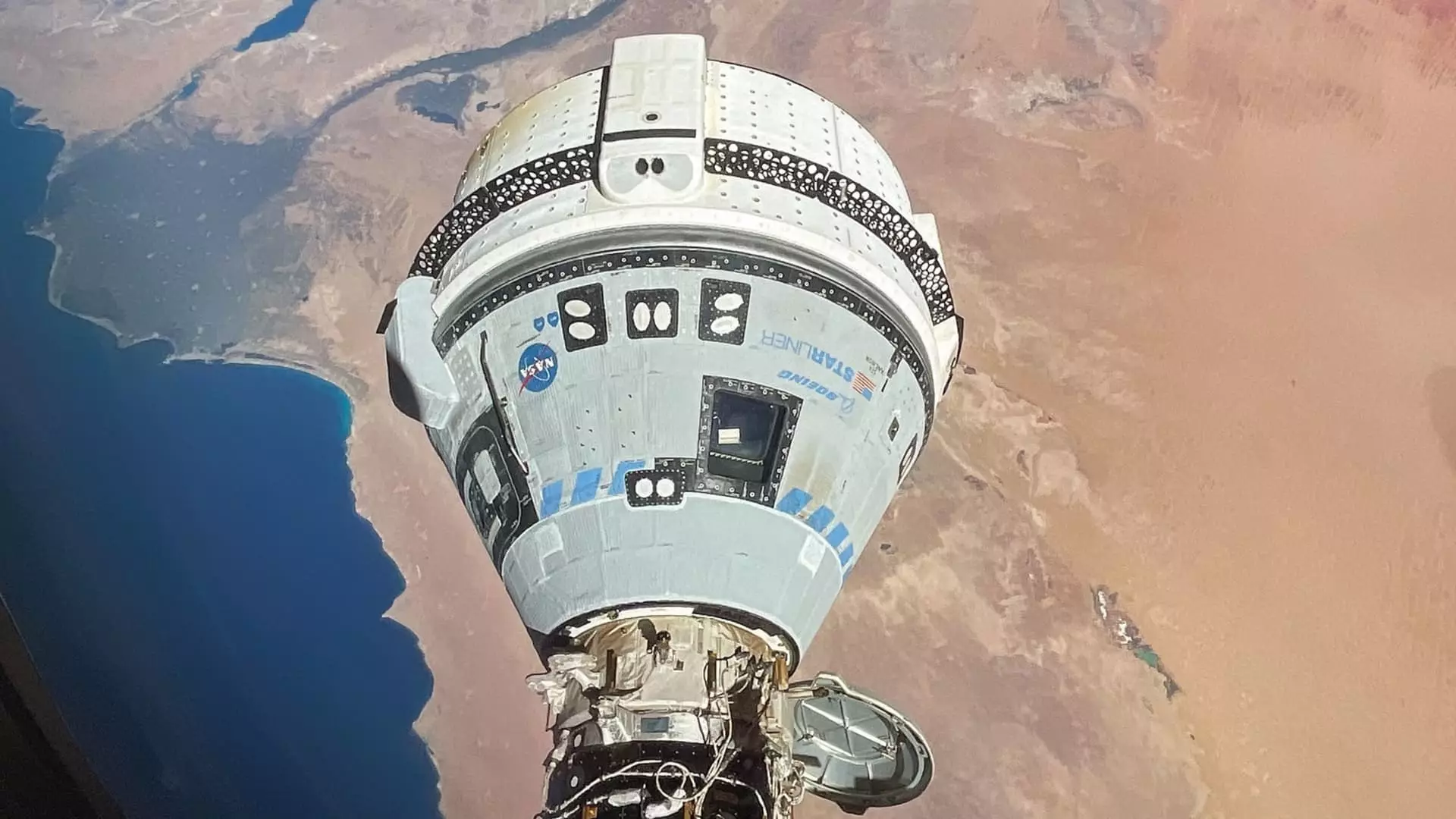NASA and Boeing have made the decision to extend the first crewed flight of the Starliner capsule, known as “Calypso,” without providing a specific date for its return to Earth. This extension is due to the need for additional testing on the ground, which will take place while the capsule remains at the International Space Station (ISS). The crew onboard, NASA astronauts Butch Wilmore and Suni Williams, are safe at the ISS, but the delay is necessary to gather more data about the spacecraft’s thruster system.
Boeing and NASA are planning to conduct new testing of the Starliner’s thruster technology at White Sands, New Mexico, before the capsule can safely return to Earth. The testing is expected to take a couple of weeks, during which the spacecraft will be closely monitored to ensure its performance matches expectations. The goal is to replicate the conditions of the spaceflight as accurately as possible in a ground setting to address any potential issues that may arise.
The extended stay at the ISS is not the first challenge faced by the Starliner program. Despite being initially viewed as a competitor to SpaceX’s Dragon capsule, Starliner has encountered setbacks and delays, relegating it to a backup position for NASA missions. This delay in the crewed flight test is just one in a series of obstacles the Starliner program has had to overcome.
The decision to keep the Starliner at the ISS while ground testing is conducted allows for more frequent thruster tests and physical inspections of the spacecraft. While the extended stay in orbit was not part of the original plan, NASA and Boeing are confident in the spacecraft’s ability to endure a longer mission. The safety of the crew remains a top priority, with company representatives emphasizing that the delay is a precautionary measure rather than a response to a critical issue.
Once the ground testing is completed, NASA will assess the data before setting a new target date for the Starliner’s return to Earth. The successful completion of the crewed flight test is crucial for Boeing to receive certification for operational missions lasting up to six months. Despite the challenges faced by the program, both NASA and Boeing remain optimistic about the future of the Starliner spacecraft and its role in future missions to the ISS.
While the delayed return of the Starliner capsule may seem like a setback, it is ultimately a necessary step to ensure the safety and reliability of the spacecraft for future crewed missions. The ongoing testing and assessment of the thruster system are essential in addressing any potential issues and maintaining the high standards set by NASA and its commercial partners. The Starliner program represents a significant advancement in space exploration, and the current delay highlights the importance of thorough testing and preparation in ensuring the success of crewed missions beyond Earth’s atmosphere.

